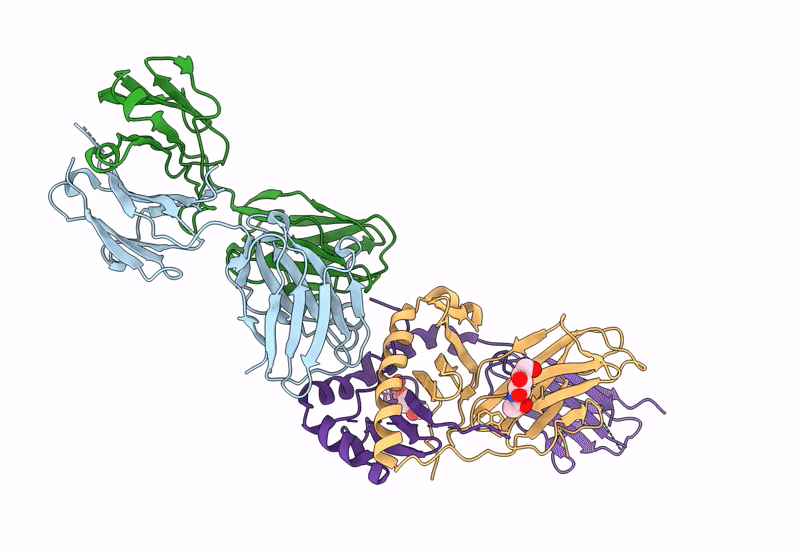
Deposition Date
2023-08-31
Release Date
2023-11-08
Last Version Date
2024-10-09
Entry Detail
PDB ID:
8W84
Keywords:
Title:
HLA-DQ2.5-alpha2 gliadin peptide in complex with DQN0344AE02
Biological Source:
Source Organism:
Homo sapiens (Taxon ID: 9606)
Host Organism:
Method Details:
Experimental Method:
Resolution:
2.11 Å
R-Value Free:
0.32
R-Value Work:
0.26
R-Value Observed:
0.26
Space Group:
I 21 21 21


